Psychosis, Mushroom Field, Edition 1 of 1
AES+F: Surreal Visions
AES+F work at the intersection of traditional media, photography, video and digital technologies. Their first NFT is a surreal vision.
AES+F is a collective of four Russian artists (T. Arzamasova, L. Evzovich, E. Svyatsky, and V. Fridkes) working at the intersection of traditional media, photography, video and digital technologies. The group was founded as AES in 1987 and evolved to AES+F with the addition of Fridkes in 1995. They define their practice as a “social psychoanalysis” through which they reveal and explore the values, vices and conflicts of contemporary global culture. Over the past three decades, they have had over 100 solo exhibitions and cemented their role as key players of the contemporary art scene.
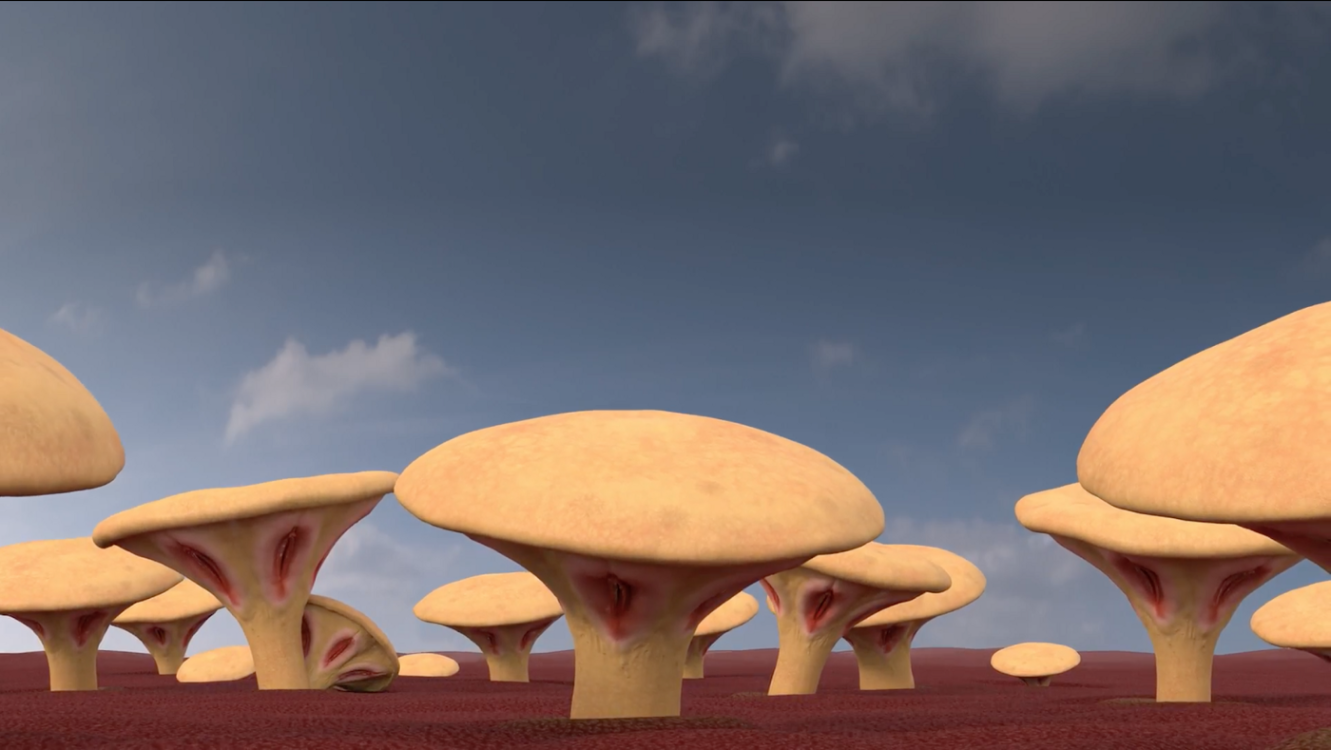
AES+F is auctioning an NFT work for the first time, minted on March 22 in exclusive partnership with Verisart and SuperRare as part of 10×10: 10 inaugural NFTs by 10 major contemporary artists over 10 weeks.
Bidding for AES+F’s NFT, Psychosis, Mushroom Field closes around 2pm EDT March 25.
Art inspired by theatre
The NFT work, Psychosis, Mushroom Field is a surreal vision. It originates from the video stage design for “Psychosis” at Electrotheatre Stanislavsky in Moscow, in which AES+F reinterpreted British playwright Sarah Kane’s “4:48 Psychosis” together with film and theater director Alexander Zeldovich. AES+F describes their first work minted as an NFT on SuperRare as a “delusion borne of an amalgamation of intense desire and paranoia of Sarah Kane’s protagonist.”
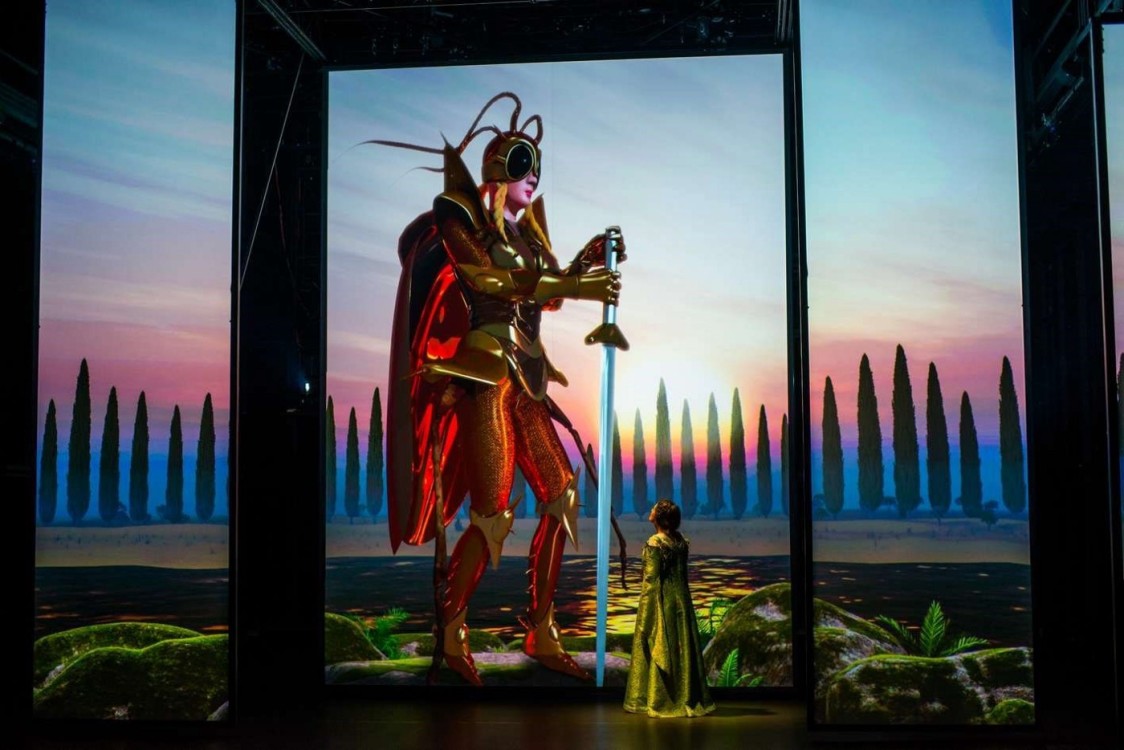
“4:48. Psychosis” was Kane’s final play, written during her stay in a psychiatric clinic in 1999 shortly before she took her own life. The cacophony of voices in Kane’s head terrorized her during her time in a psychiatric clinic, and the play is seen as a record of that experience. An insatiable desire for love and affection, coupled with crippling self-loathing that afflicted the author in her life, leads to a tragic end. But the protagonist of Sarah Kane’s play is not her, it is an avatar through which she reconciles her madness and her solution, which is to part with the world.
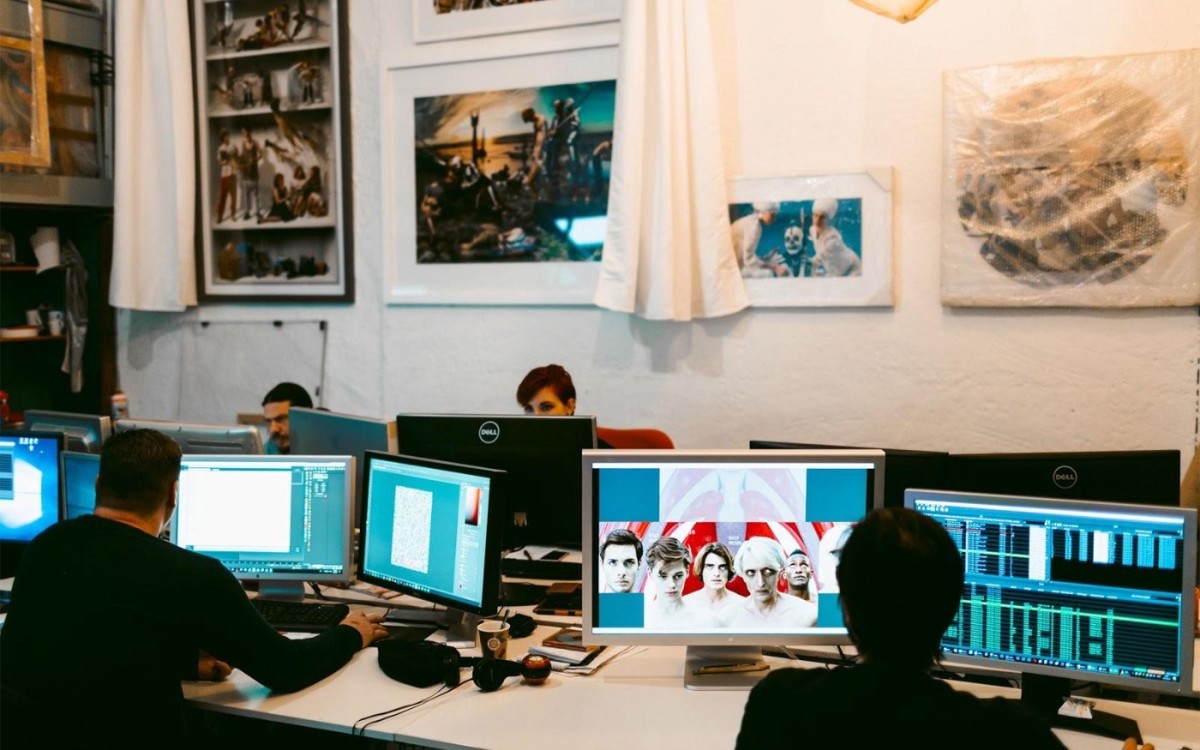
AES+F’s “Psychosis” project is an interpretation of this struggle, revisiting important themes of the 90s, like corporeality, psychedelic culture, and social protest, through the prism of new digital technologies and aesthetics. Their 3D animations are populated by images alluding to the female body, pharmaceuticals, insects, and psychedelic visions, oscillating between the fairytale-esque and the terrifying. The accompanying music is composed by Dmitry Kourliandsky from fragments of Brahms’ “German Requiem”, which sets the solemn and pensive tone of the work.
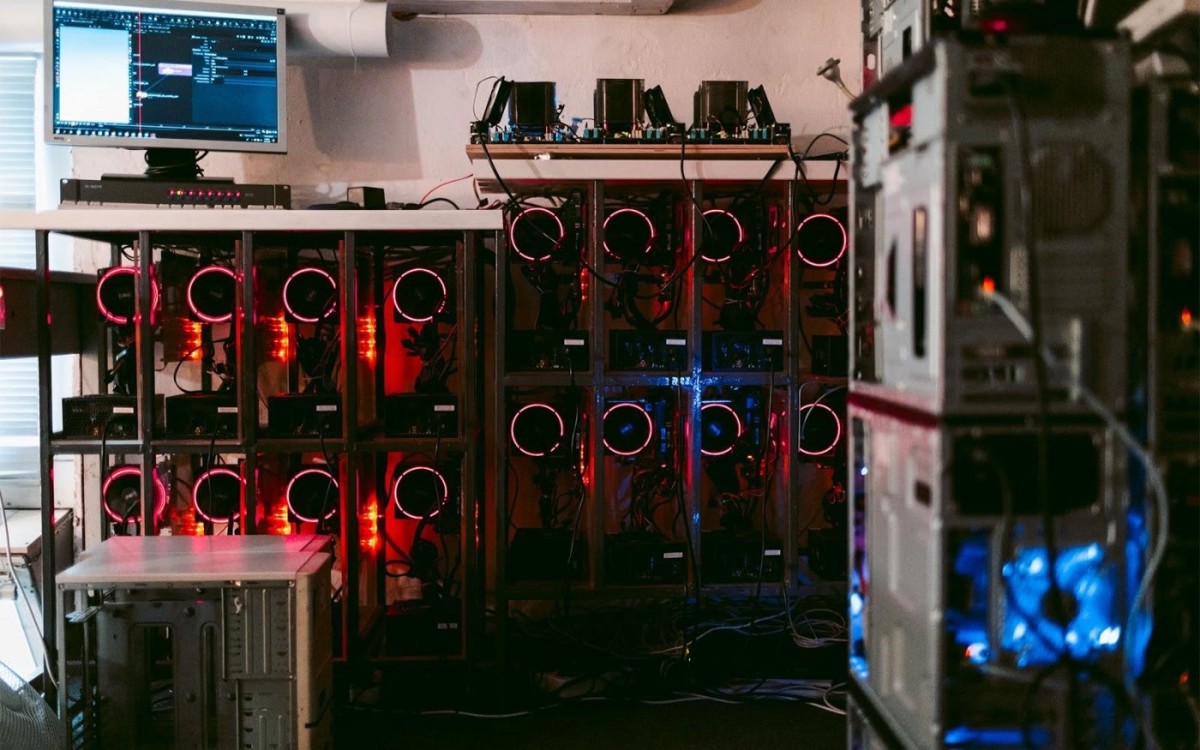
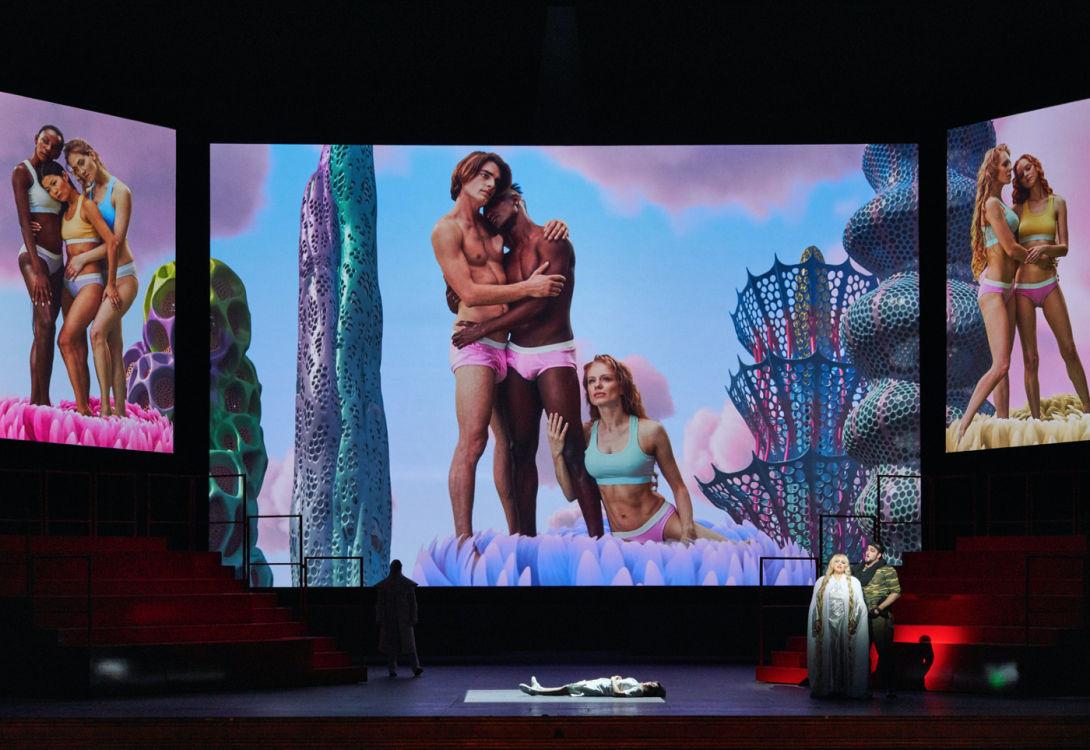
Bridging the physical and digital
AES+F have a multi-disciplinary approach to their practice, working at the intersection of traditional media, photography, video, and CGI. They began working with digital manipulation of images in the 90s, emphasizing print, mixed media, and photography. Now, they are known for their vast multi-media installations and digital collages, as well as paintings and sculptures that organically combine traditional media and digital aesthetics.
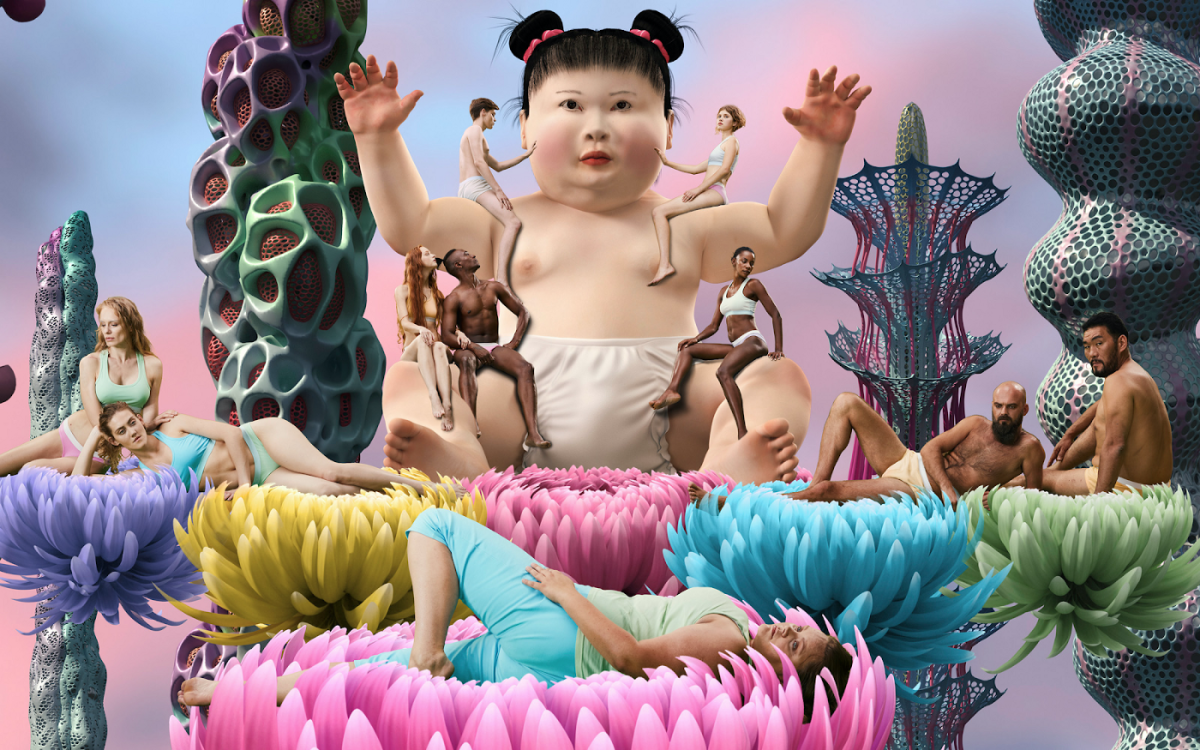
Talking about their NFT, the artists explained “We have been bridging the space between digital and traditional media at museums, biennials, festivals, and even theaters for over 30 years. It will be very interesting to engage the digitally-native NFT community as an extension of our practice.”
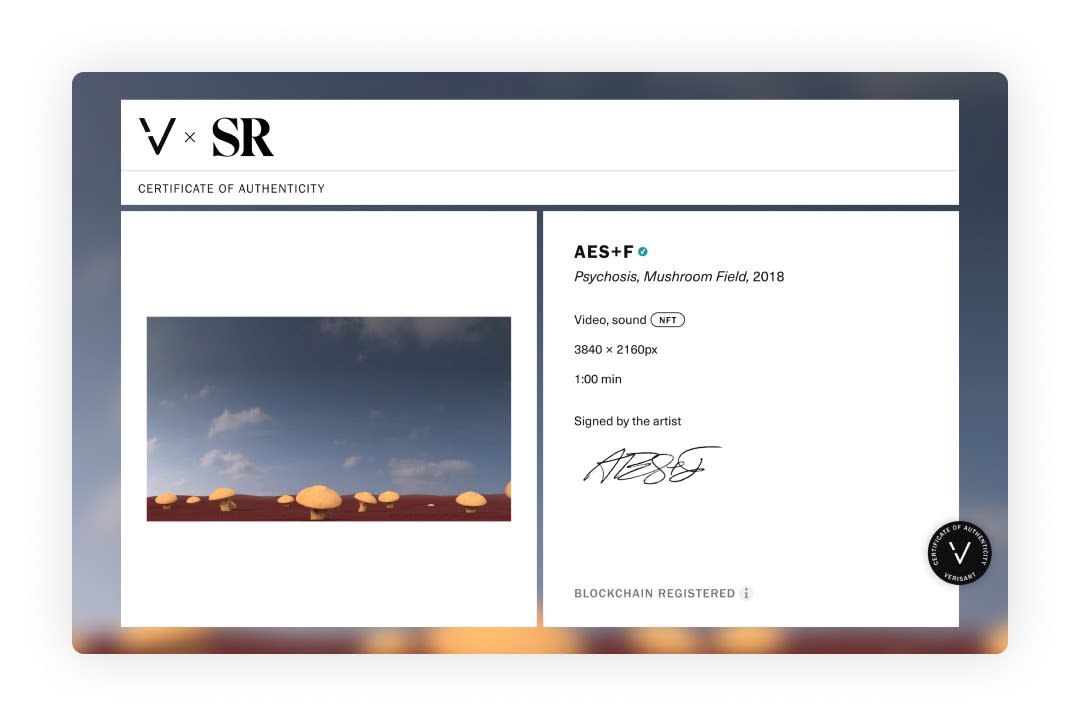
AES+F’s NFT is certified by Verisart, an award-winning blockchain certification platform. Designed to empower artists to tell the story of their work, the digital certificates include additional images, videos and documents. AES+F’s Verisart certificate includes an exclusive collector reward, accessible only to the owner of the certificate. For collectors, Verisart’s patent-pending Certificates of Authenticity (COA) form an integral part of collecting NFTs. They provide confidence in the identity of the artist and the verified history of the artwork.
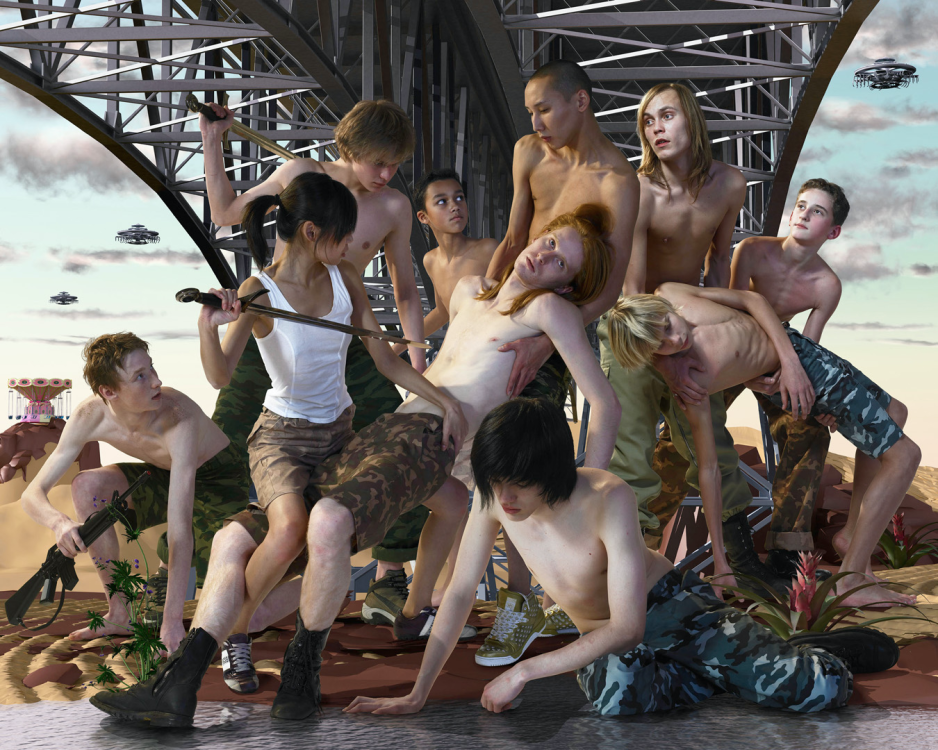
Exploring contemporary global culture
AES+F’s signature style combines recognizable motifs from art history and the contemporary media stream, creating vast worlds that are both recognizable and strange.
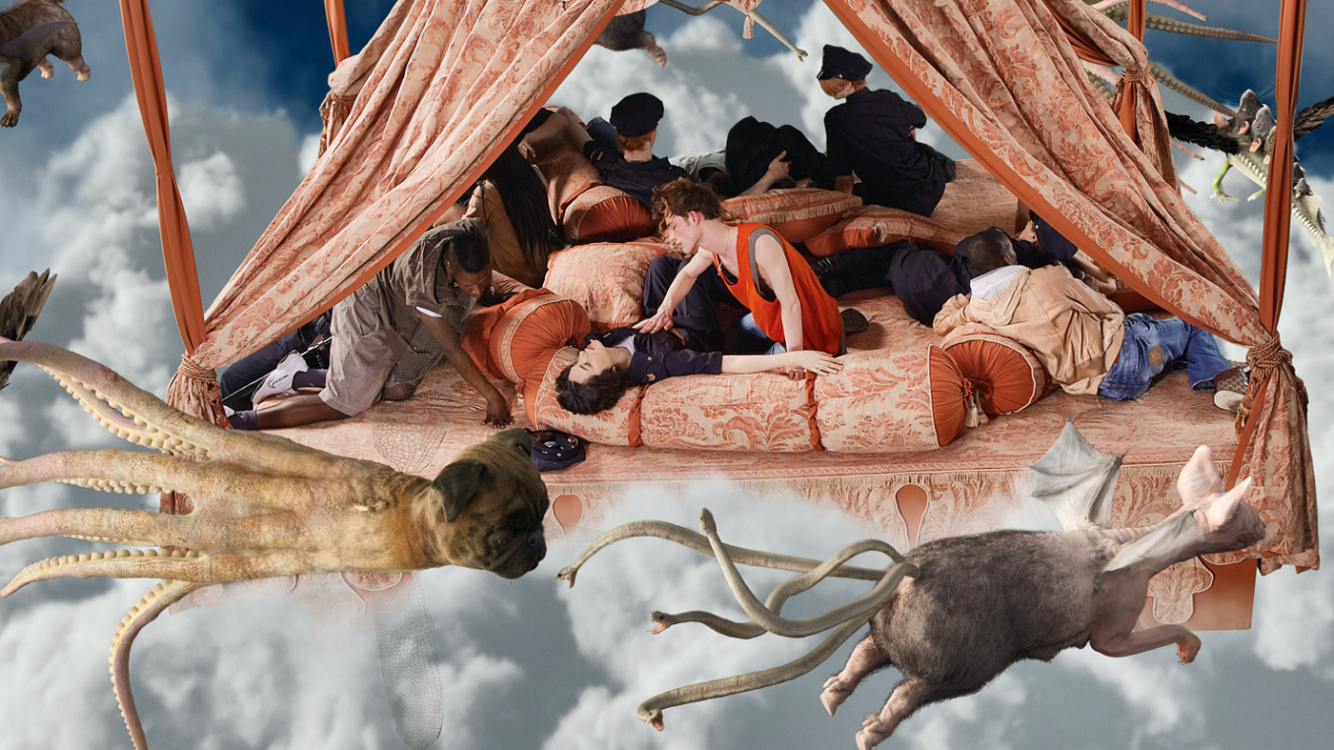
Coining the term “social psychoanalysis” for their practice, AES+F’s work raises provocative questions about society but doesn’t provide any obvious answers. The viewers are tasked with exploring the works in search of meaning and reflecting on the problems within contemporary society.
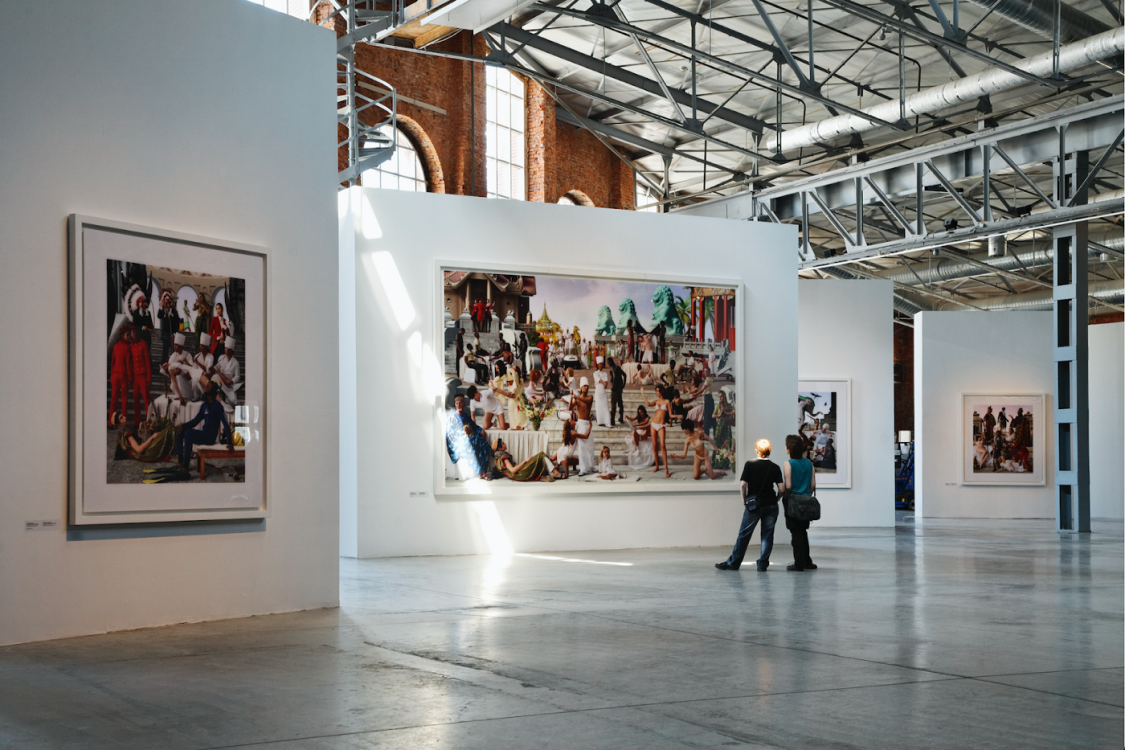
About the artists
First formed as AES Group in 1987 by Arzamasova, Evzovich, and Svyatsky, the collective became AES+F when Fridkes joined in 1995. AES+F achieved worldwide critical acclaim in 1999 for their Islamic Project, which depicted various Western postcard city landscapes manipulated to appear colonized by Islam. AES+F cemented their reputation as a contemporary art powerhouse in the Russian Pavilion at the 52nd Venice Biennale in 2007 with their provocative Last Riot, the first of their now-signature large-scale, multichannel video installations. Following a large survey exhibition in 2007 at The State Russian Museum in St. Petersburg, AES+F’s next three large video installations titled The Feast of Trimalchio, Allegoria Sacra, and Inverso Mundus debuted at the 53rd Venice Biennale, 4th Moscow Biennale, and 56th Venice Biennale respectively. The group has had more than 100 solo exhibitions at museums, exhibition spaces, and commercial galleries worldwide. AES+F works have been shown in such institutions as the Tate Britain (London), Garage Museum of Contemporary Art (Moscow), MAXXI and MACRO Future (Rome), Centre Pompidou (Paris), Museo Thyssen-Bornemisza (Madrid), HAM (Helsinki), Moderna Museet (Stockholm), Mori Art Museum (Tokyo), Leeum Samsung Museum of Art (Seoul), National Gallery of Australia (Canberra), Faena Art Center (Buenos Aires), and many others.
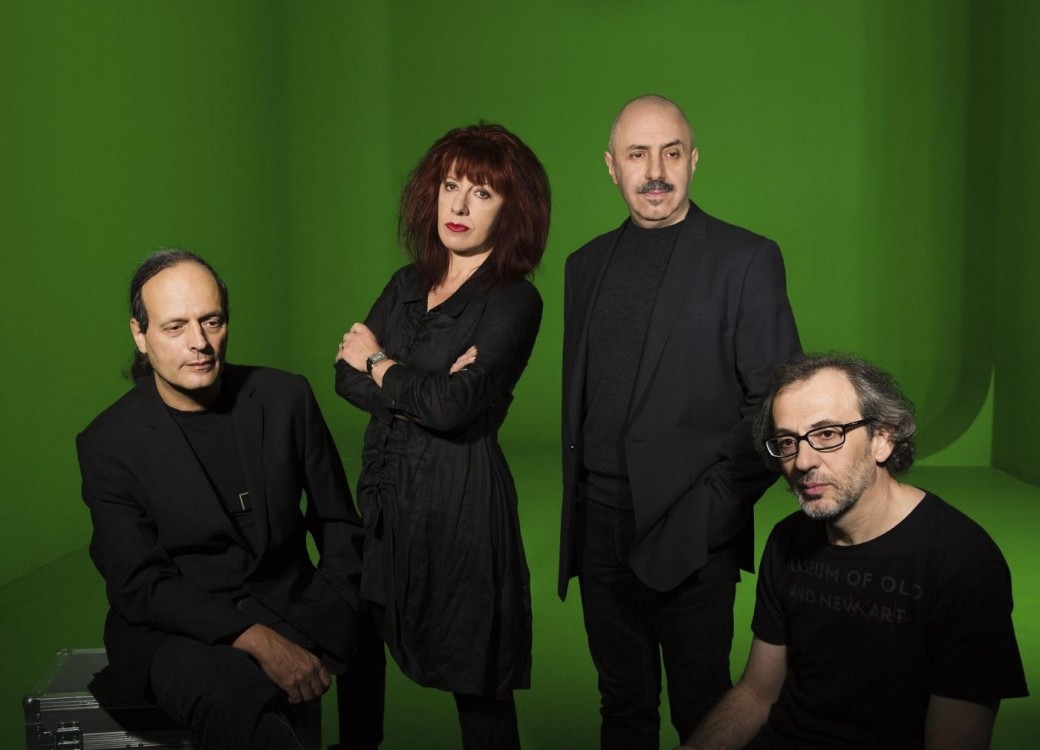
Bidding for AES+F’s NFT, Psychosis, Mushroom Field closes around 2pm EDT on March 25.
Join AES+F on ART TALKS WITH VERISART to hear them discuss life, art and tech with Robert Norton, CEO and co-founder of Verisart. Tuesday, March 23 at 4pm EDT/8pm GMT on Clubhouse.